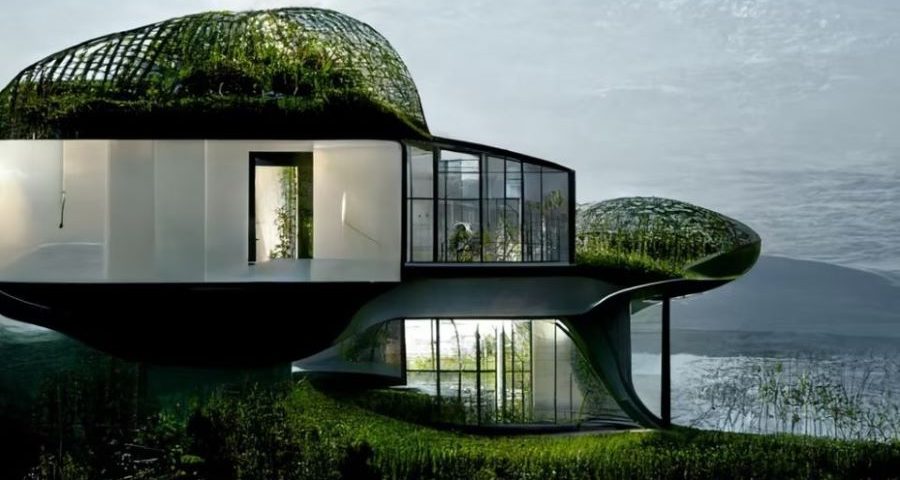Doing business

The field of artificial intelligence has evolved immeasurably in recent years, and the world’s leading research institutions are actively exploring applications of AI in both the aforementioned and other sectors.
Just 2 years ago, no one could have predicted how influential developments like ChatGPT would be. This thought was echoed in a recent essay by Bill Gates on the era of AI, where he claims he only fully realized the potential of the technology last year when he saw ChatGPT take the Advanced Placement biology exam.
As of today, we’re seeing the expanding influence of AI. We see architects using intelligence-based technology tools, such as Midjourney, to create photorealistic visualizations. Services and applications to optimize arrays for development, wind, energy, and daylight modeling are also being actively developed now.
However, regarding the direct use of AI specifically in construction or urban planning, don’t hold your breath. Building codes and construction site expertise are difficult to decipher, interpret and automate. There are many companies that are trying to do this, but it’s a less attractive task than image and video creation.
3D modeling tools and AI tools coexist in proximity. There are already programs that allow users to reproduce models from a few simple images, and text-to-3D conversion is slowly becoming a reality thanks to publications by scientists who are exploring the topic and developing the possibility of using it in practice. In architecture, engineering and construction, we are already seeing some companies launch applications like text-to-BIM that allow users to create detailed building models using text cues and specialized BIM CAD tools.
In the planning and design of buildings of the future, another huge trend will be to minimize new construction. The carbon footprint of demolishing existing buildings and building new ones from scratch is enormous, and will soon become even more apparent to the global community. Although artificial intelligence is now perceived as a means to create new content, with the right approach it can be used to bring fresh concepts to existing buildings, minimizing errors and maximizing construction efficiency without harming the planet.
If AI is combined with existing technological advances, such as digital twins (digital replicas of real structures, from buildings to streets to sewers), it will allow urban planners and policymakers to simulate how our cities will function after a new project or policy is implemented, to avoid costs, identify problems and predict possible threats. Similar operations are already happening in other industries, such as automotive and logistics, where a company can digitally simulate a production line before even building or installing an individual piece of equipment in an actual factory.
Moving forward, 3D modeling tools, augmented by artificial intelligence, can open up incredible, new possibilities for construction, architecture, and the education of future designers and their work. Imagine being able to get suggestions, information and best practices from existing buildings, submitted design proposals and human experience in one place. This would change the entire design process by introducing a general “collective intelligence” approach, not just artificial intelligence.
More interesting news can be found on Telegram, Facebook and the Agency’s official website.